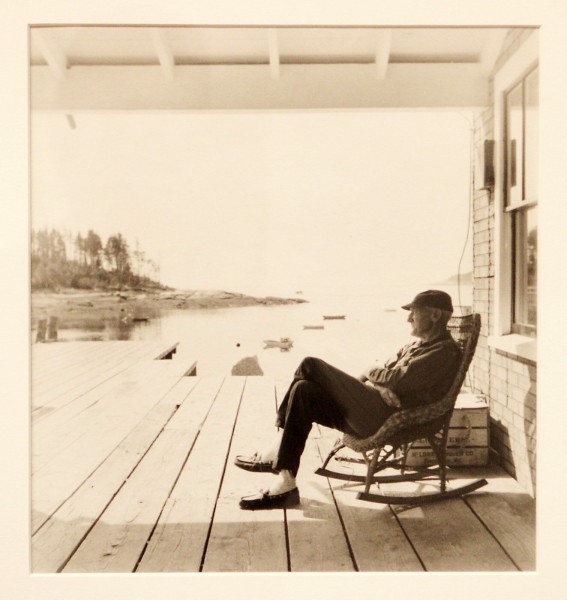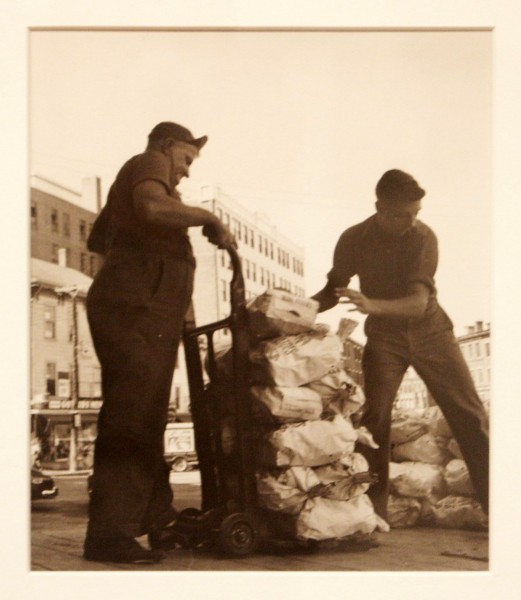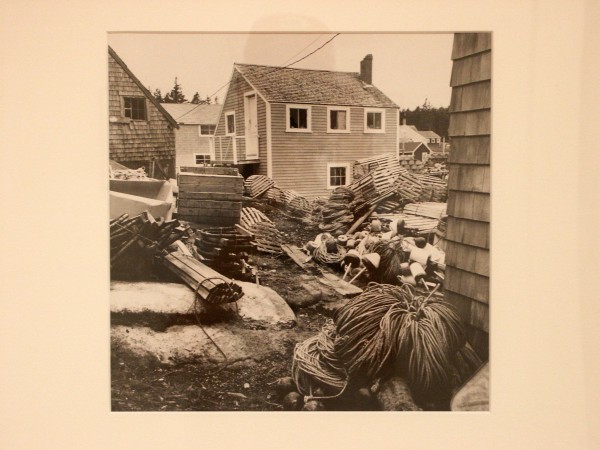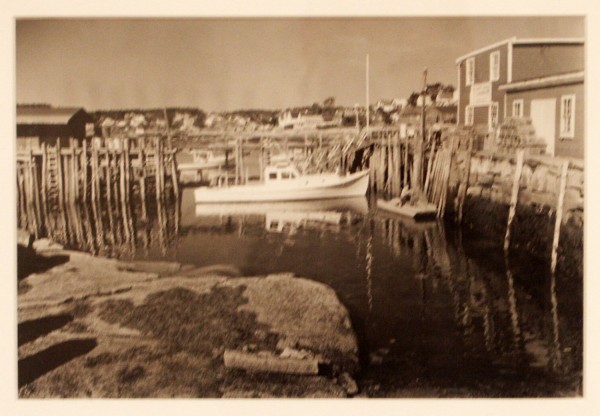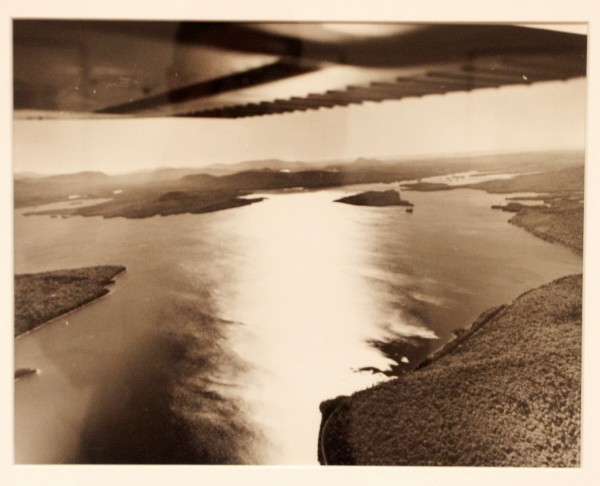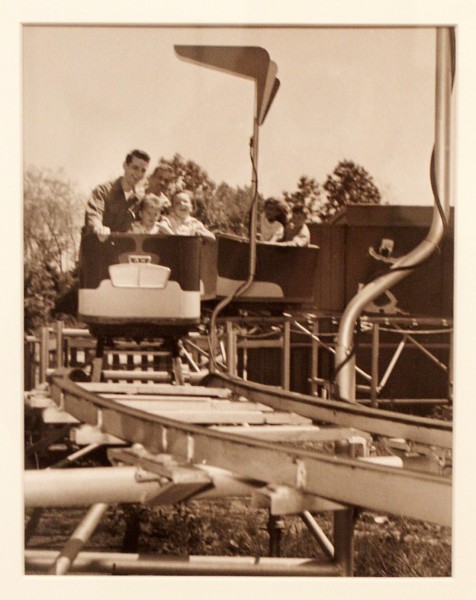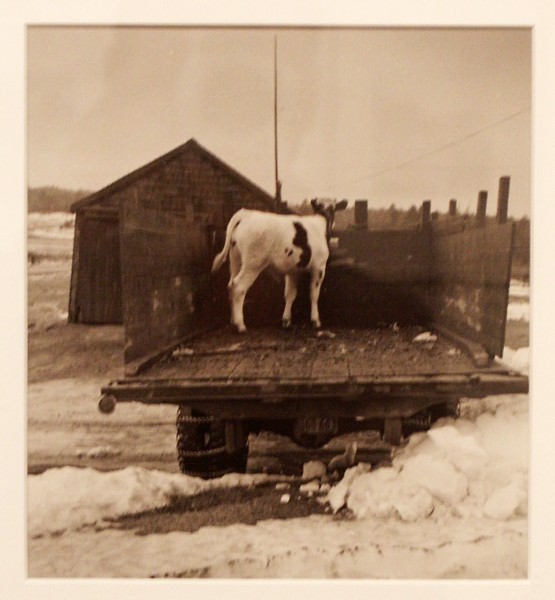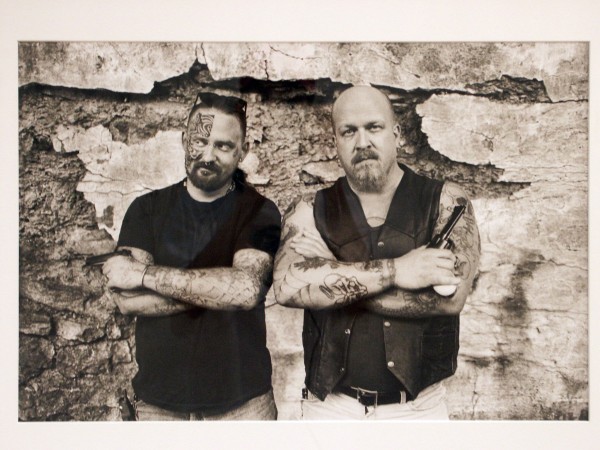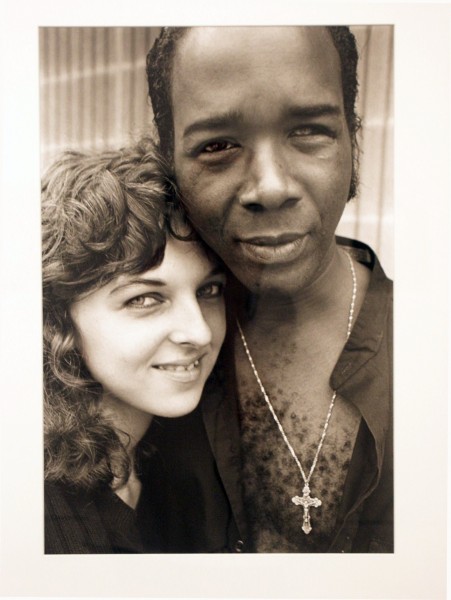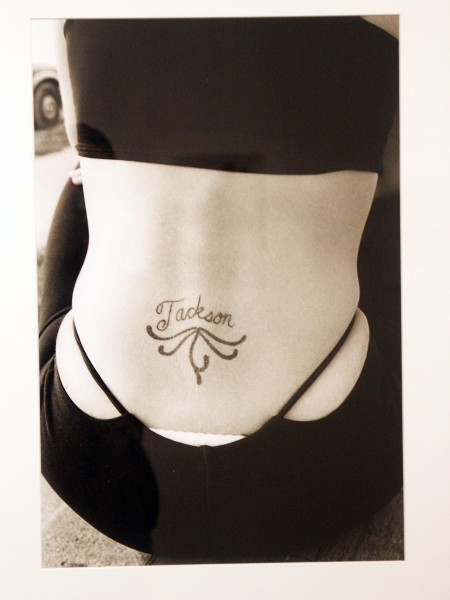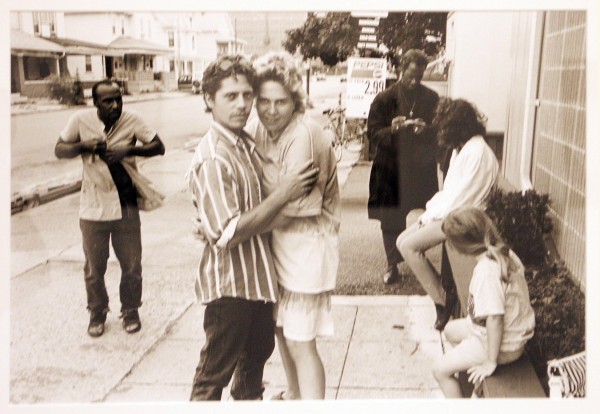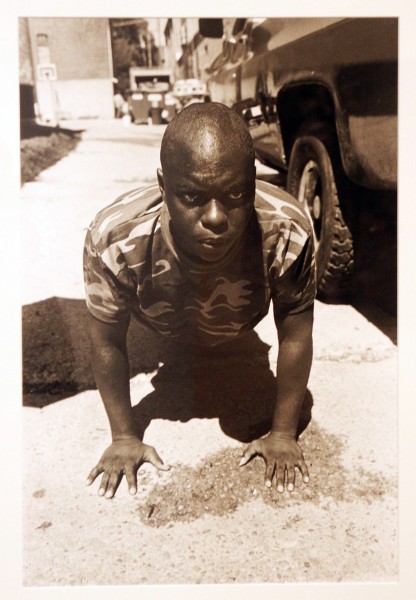Berenice Abbott – Portraits of Maine and Terence Byrnes – The Main Street Project 1966-2001
Apr 20-May 26, 2002 Berenice Abbott's "Portrait of Maine"Springfield, Ohio native Berenice Abbott (1898-1990) and the state of Maine made a perfect fit. Although she came to the state late in her career, Abbott adapted easily to the "Down East" rhythm of life. Always independent, often stubborn, and occasionally outspoken, Abbott found an honesty and a resiliency in the people of the Pine Tree State that impressed her deeply.
Abbott discovered Maine in 1954, when in June she embarked on an auto tour of U.S. Route 1 from Key West, Florida to Fort Kent, Maine. Her reason was "...to capture visually the historic character of an historic section of the United State, its beauties and incongruities and all." Her interest in photographing a sense of place in a particular time was deeply rooted, dated back to her early work in Paris in the 1920s, when she discovered the French photographer Eugene Atget.
At the time, Atget was a relatively unknown photographer who documented the changing cityscape of Paris. Abbott saw an objective modern style in Atget's works that she felt was perfectly suited to the medium. Upon her return to New York City in 1929, she began a decade-long project photographing the evolving facade of the city. In all her work, she maintained a conviction that photography should "...see things as they are, whether a portrait, a city street, or a bouncing ball. In a word, i have tried to be objective."
In 1956, Abbott purchased an abandoned stagecoach inn in Blanchard, Maine and over the next five years she renovated it as a summer home, moving there permanently in 1966. That same year, Macmillan Publishers approached her to do a book of photography describing the state using text written by the New York writer and artist Chenoweth Hall. In 1968, the book, "A Portrait of Maine," was published with 128 of Abbott's photographs to popular and critical acclaim.
The forty images exhibited here are from the historic book and are culled from the collection of the Syracuse University Art Collection, which has organized and circulated this exhibition.
The Main Street Project, 1966-2002
Photographs of Springfield, Ohio by Terence Byrnes
Terence Byrnes (b. 1948), began this project in 1966 while he was a student attending Antioch College in nearby Yellow Springs, Ohio. Over the subsequent 35 years, Byrnes has taken literally thousands of images on and along Springfield's own "Main Street."
Byrnes recalls: "This project was begun in the fall of 1966, on the day when I watched a woman cococt a mojo charm, disovered a jar of lustrous Tiffany grapes in a filthy junk shop, and saw a man's head repeatedly slammed against the concrete block wall of a bar on East Main Street....
"By the early 1990s, when I began photographing Main Street in a serious way, Springfield appeared to have completed what looked like a disastrous project of urban renewal by demolition. On the street, however, much was the same.
"Fairly early on, I abandoned the notion of "documentary' photography as a useful category for what I was doing because I knew that my document couldn't pretend to objectivity or completeness. As I walked from the depressed commercial reaches of West Main through the oddly quiet and empty downtown to the fast-food alley of East Main, it seemed that I was moving through a world too fluid and varied to be easily characterized by still images.
"All these images are the result of collaborations with the subjects, and all the subjects I was able to reach received prints. Some of them thought I might be mad, spending 12 hours on the street in July introducing myself to strangers; others worried that I was a police agent; others thought that I was just having a good time. All of them, however, saw me as a curious "other" in their home environments, and regarded me with suspicion that, fortunately, was allayed with hospitality and, eventually, trust. For this, I am deeply grateful."
These forty images of the residents and passers-by of Springfield's Main Street are printed in one of the latest technological advancements, Peizography BW, a process using a carbon-based black pigment, which is well known for its deep, rich tone and resistance to fading by exposure to light and time.
